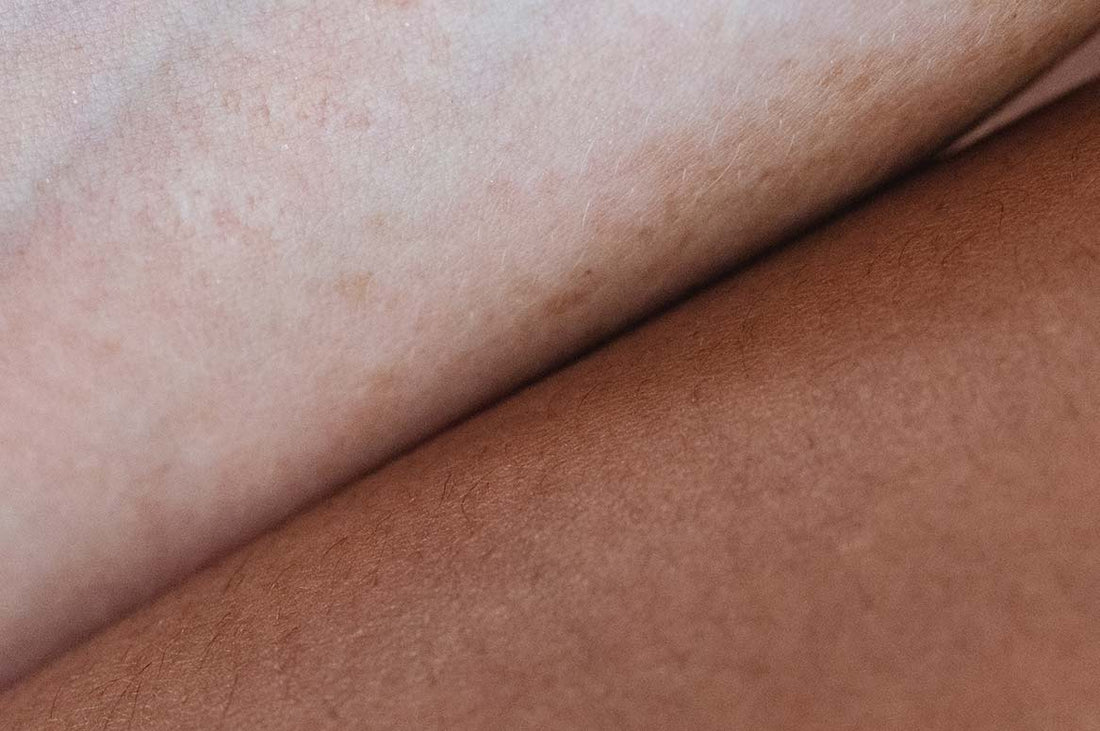We are aware of the importance of food and how it affects our health. We care that the cultivation is carried out in an ecological way, without pesticides or insecticides and we carefully choose the foods we are going to buy according to their composition. But what about the clothes we wear every day? The textile industry uses more than 20% of the toxic products used in the world and by putting on clothes made with them, we are in contact with substances that harm our health. In this article we will see what toxic substances are applied and we will see alternatives to dress in a healthier way.
Cotton
Cotton is the most common natural textile fiber for manufacturing clothing, this is because it is light, breathable, easy to wash and comfortable. These qualities make it a staple of any wardrobe and an essential for any climate, both cold and warm.
Conventional cotton garments are grown by adding toxic substances to the soil, such as pesticides, pesticides, fertilizers, etc. These substances not only contaminate the environment, but are also present in the cotton with which the garment is made, which is then in contact with your skin for hours.
And in this situation there are always alternatives that take care of the environment and your skin: choose organic cotton. Organic cotton is not exposed to toxins and is harvested by hand, causing the fibers to suffer less damage during the process and retain their purity, obtaining higher quality fibers. As a result, softer and more durable cotton garments are obtained.
In the production of organic cotton, the use of fertilizers is avoided through the rotation of crop land, thus conserving the soil's nutrients. To control pests, other insects are used to kill them. And finally, during the production of cotton, no toxic chemicals are used for its finishing, such as dyes, which are usually applied with natural dyes.
Waterproof products
Garments, such as coats or shoes, alone do not have waterproof capabilities that prevent liquids such as water from passing through them. To do this, they must be subjected to a waterproofing process by applying a coating that gives them that capacity.
In the case of polyester garments, Perfluorinated (PFOA) is used to give it the waterproof property. This is the same component that is added to non-stick pans and in the case of frying pans the industry has been warning for years not to use them and new alternatives have been developed, but instead we continue to use it in the clothes we wear. This compound not only causes skin irritations, but a study carried out by Human Reproduction has published that in pregnant women it accumulates in the fetus, causing children to be born with low weight and kidney problems.
There are already sustainable waterproofing products free of these harmful resins and whose natural origins are respectful of the environment and your skin. When buying a raincoat you have to pay close attention to whether the label says 'Fluorine Free'. To find this type of clothing, it is easier to go to sustainable clothing brands since their commitment to the environment and people's health makes them informed and committed to these types of solutions.
Dyes
Dyes are usually the most polluting compounds, both for the environment and for the health of workers, to the point that azo dyes can cause DNA damage. These azo dyes are not a single substance, but a group of about 3,000 different synthetic substances, which are sold very cheaply and represent 65% of the world dye market. In most research, dyes have caused allergic reactions to the skin. But not only that, but a new work published in Environmental Research talks about how under certain circumstances, garments can pose a risk to people's health. and that these risks are not duly included in textile legislation.
Toxic components are regulated and allowed to be used in clothing because they are categorized as harmless in small doses. The problem is that we are not exposed to just one for a short time, but to several at the same time for hours. In this way, our body accumulates these substances and without realizing it, more and more people develop chemical sensitivities, sensitive skin or allergies. Other products applied to clothing, such as alkylphenols, disrupt hormones and have been linked to fertility problems.
Using natural dyes is the most obvious solution to this problem and it is becoming easier to find clothes that use them. These natural dyes are obtained from organic compounds extracted from plants, insects and minerals, and due to their chemical properties they are capable of dyeing natural fibers such as cotton, jute, wool, hemp, silk, etc. These dyes are usually ecological and sustainable and their colors extracted from plants transmit naturalness, favoring different skin tones with the harmony of their colors.
Take care of your skin
To ensure that a fiber is natural and organic, there is GOTS (Global Organic Textile Standard) certification with very strict criteria regarding fabric, dyes, use of non-hazardous substances and respect and improvement of working conditions.
Another certification is Oeko-Tex, which accepts the use of non-natural fibers such as polyester, but that do not use chemicals that are harmful to people. To acquire this certification, production must be sustainable and the products used must be ecologically safe for both people and the environment.

